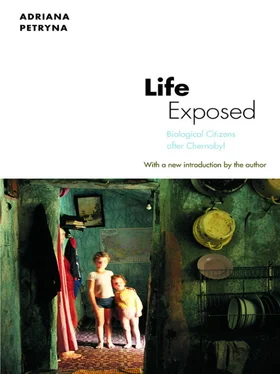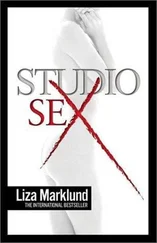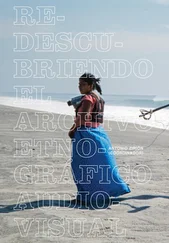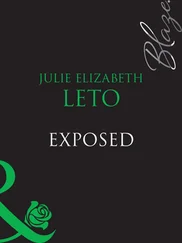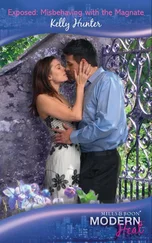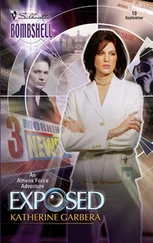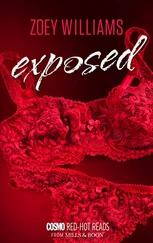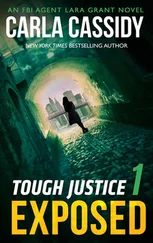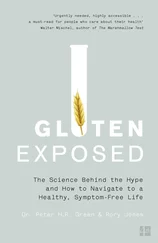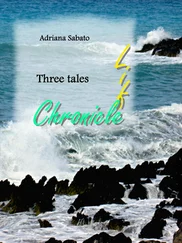Paralyzed by fatalism or overlooked by science? Such invocations can be taken as indexes of how far off the scientific community is from fully understanding and predicting the health consequences from Chernobyl. You do not need this book to tell you how people took all sorts of drastic measures, in the days and months after the disaster, to mitigate the consequences: sending their children by train to relatives living in unaffected areas, sealing their windows and scouring their floors, desperately scavenging for iodine pills to prevent iodine-131-induced thyroid cancers, searching for “clean” foods for their youngest, and even making their own dosimeters. To call these people fatalistic echoes earlier statements by the International Atomic Energy Agency (IAEA) blaming mental stress on “poor understandings” of scientific principles. [7] IAEA 1991:6.
It is to deny survivors the attention that their actions are due, and to misstate the record of what actually happened during and after the disaster.
By some curious twist of fate, the people who should be central to knowledge about Chernobyl’s health effects have become peripheral, even pariahs. Somehow, scientific interest in the lessons of the disaster has been “satisfied in isolation from the well-being of those whose lives have been shattered by Chernobyl,” against the intentions of the many scientific experts involved. [8] Human Consequences 2002:2.
We still don’t know how workers who absorbed relatively high doses survived, or how those living in contaminated territories have weathered chronic exposure to lower-dose radiation. The fifty or so official deaths from Chernobyl occurred within a week to a few months after exposure. But data on long-term sequelae of high- and low-dose exposures among persons not included in this initial cohort have had difficulty finding their way into the epidemiological record. [9] For critical assessments of the Chernobyl Forum findings (Chernobyl Forum 2003–2005), see Fairlie and Sumner 2006; Williams and Baverstock 2006; Cardis 2007; Geras’kin, Fesenko, and Alexakhin 2008; Mousseau, Nelson, and Shestopalov 2005; among others. For the complete letter referenced by this last article, see http://cricket.biol.sc.edu/chernobyl/nature/letter.pdf .
Indeed, if the atomic bomb studies provide any guidance, it is far too soon to measure Chernobyl’s full impact. In the words of one report, “In 1965, 20 years after the atomic bombings in Japan, the Atomic Bomb Casualty Commission reported significant increases in the incidence of just two cancers—thyroid cancer and leukemia” among the some eighty thousand Japanese bomb survivors who were monitored. [10] Williams and Baverstock 2006:993, quoting Shimizu et al. 1992.
Another decade elapsed before a significant increase in other cancers appeared—and cancer and noncancer diseases continue to be detected today. It is reported that “leukemia and thyroid cancer form only a small fraction of the accepted total radiation-related health detriment.” [11] Baverstock and Williams 2006:1312.
The lesson is that we still possess only incomplete knowledge of Chernobyl’s individual and human impact, and that understanding the scope of the impact will hinge on what kinds of studies, technologies, and funds we are willing to apply, and over what time frame.
Life Exposed captures a moment in time when a fundamental incompatibility arose between two logics: the shock of survival and the fraught politics of science and the state. These two would compete for the right to establish the terms on which the meaning and scope of the Chernobyl disaster could be determined. On the one hand, government strategies for containing the disaster focused on treating a small cohort of identified victims. Knowledge about the health effects of exposure was limited to these select few. Experts framed Chernobyl’s health aftermath in abstract (mostly psychological) terms; the scope of the disastrous circumstances and its human toll fell out of the medical narrative of the disaster. The rush to abstraction happened at the expense of the true dimensions of the problem and created egregious holes in Chernobyl’s epidemiological record. In the process of abstraction, an act of political domestication ensued: the story of the human effects and the massive number of workers it actually took to contain Chernobyl-related contamination was relegated to the domestic sphere of Soviet state control. The actual human labor required to inhibit destructive radioactive releases was itself transformed into a hidden reality of suffering—in what we can call a choreography of Chernobyl risk, or the sequence of movements by which domestication of overwhelming risk was achieved.
On the other hand, the words “they don’t know how they survived” point to an agonizing lack of knowledge about the actual physical states of those who survived, and where their survival ought to fit within larger schemes of knowledge about the biological effects of Chernobyl—how they were doing, what kind of medical care they needed to go on living, and how long life would last. And when unsystematized biological facts met impersonal bureaucratic systems, all hell broke loose. Life Exposed charts this hell, the cut-and-dried or vague formulas of compensation by which survivors’ diseases and lives did or did not gain entry into a “biological citizenship.” Recognizing the deep vulnerabilities left behind by state interventions and failures to intervene, these citizens attempted to remake themselves into recognized sufferers of the state; sickness and citizenship fused together as damaged biologies became the basis for making citizenship claims under changing state and market structures, increasing poverty, and losses of security. I joined patients and families in their protracted interactions with legal and medical bureaucracies and institutions that would acknowledge injury and, at times, compensate for it. Some were able to negotiate a higher disability status or more entitlements. Others were much less successful, or they chose to neglect their symptoms, to be able to keep working in the contaminated zone where salaries were high. In this tangled world of science and bureaucracy, I could document firsthand the dance between strategies for containing the disaster and the bioscientific and social orders of care and disregard that took hold. I analyzed, as unprejudicially as I could, the kinds of human agency that were available to the sufferers, while attending to the political conditions in which their recovery and recoverability were constantly deferred.
The radioactive teeth, as well as Dr. Chumak’s sense of surprise over them, stand at the heart of the two competing logics: the political logic of risk containment and a personal logic of survival. The first, supported by an establishment science, makes all kinds of moral assumptions about who the survivors are. (Interpreting survivors as paralyzed fatalists strikes me as a good example of this.) It invokes uncertainties (of doses, of monitoring) as a way of precluding “useful epidemiological radiation studies.” [12] World Health Organization 2006:107.
It reduces suffering and disease to the idiosyncrasies of individuals, psychology, and culture. It chalks up the disaster to an avoidable error, thus helping to solidify a narrative of Chernobyl as an anomaly in an otherwise technically sound and invulnerable world. In calling the survivors and Chernobyl all but a fluke, this political science of containment suggests that cultures somehow “choose” their own risks [13] For a critique of this approach see Geertz 2005.
while attempting to cut its losses from a failure to make any sense of biological impacts beyond the immediate period of intervention. Life Exposed tracks this dubious path, this choreography of Chernobyl’s risk and the science and policies by which closed stories are achieved.
Читать дальше
